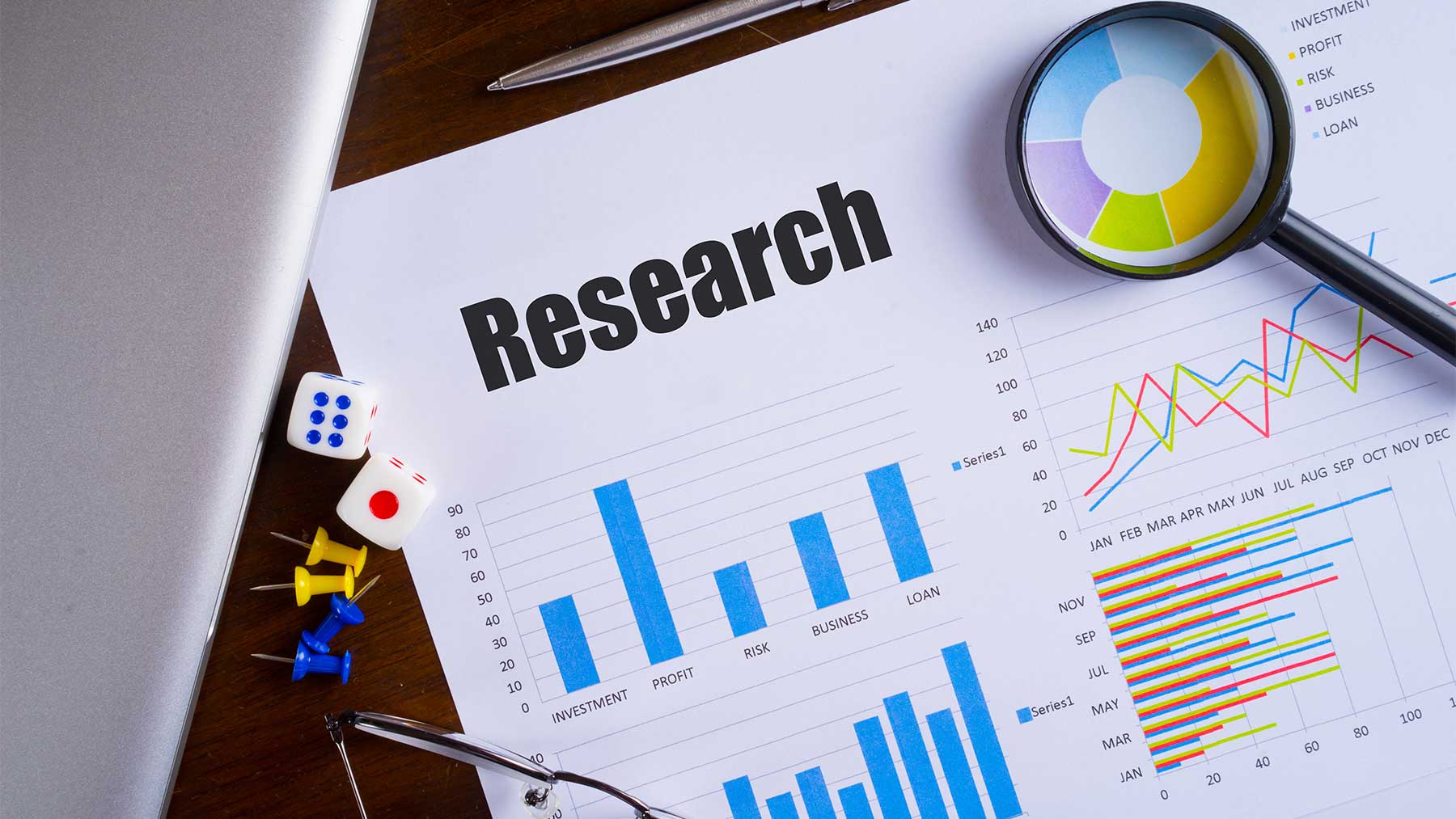
To remain relevant in the face of today’s demand for rapid, customizable, and personalized information, associations are finding they must adapt. Past association trends have outlived their usefulness in today’s digital environment. While associations may no longer collect survey responses by fax or distribute survey results by mailing out floppy disks, many still use manual or Excel-based data collection strategies to drive their research.
Helping your members make timely, more informed decisions begins with your association’s ability to provide better, faster data. For many associations, this may require a program to drive data modernization.
Elements of a data modernization program
A data modernization program isn’t just about moving surveys and other solutions online. This association trend is all about utilizing today’s technology solutions to drive results that better serve your members and staff. As a result, it’s important to develop your data approach with a focus on the end results.
A data modernization program should target the following goals:
- Speed: The end goal of every research project is to provide members with timely data to help guide decision-making. Reducing the burden on participants to provide information is likely to improve response times and increase participation.
To this end, associations should be selective regarding how many data points they request. They should also look for ways to add automation that makes the process faster and easier. Options include the use of an application programming interface (API) solution that fully automates everything, tools to pre-populate survey forms with results from past periods, and an increased focus on short pulse-style surveys that take only minutes for participants to complete.
- Accuracy: Accuracy is essential for ensuring trust in your research, and this is another key area where automation can help. Automating data collection and reporting steps can reduce the risk of human error and ensure higher rates of accuracy in your results.
- Security: Proving your commitment to security is critical for securing sensitive data from members. Associations will need to have a clear policy around security practices and attempted breach protocols in place. A cybersecurity firm can support associations with insight into best practices or security audits that ensure your data is protected. Members will also want to see that your association is meeting their requirements for documentation security, such as compliance with the American Institute of CPAs’ Service Organization Control (SOC) reporting standard, for example.
- Ease of internal use: A modern data program should provide benefits for your staff as well. Any updates should ensure that data is more easily accessible to all board members and staff, with the ability to hide certain data elements behind passwords as needed.
- Support for online offerings: Any solution that supports fast, secure, accurate data collection can provide a strong foundation for all of your online offerings. It’s essential to ensure that your platform can integrate seamlessly with any other solutions that you may use to deliver interactive reporting, virtual events, member communities, and other online programs—while offering the same level of security and ease of use for staff and members.
Solutions that can help achieve your goals
It is easy to be overwhelmed by the multitude of options available to help modernize data collection and reporting. The good news is that associations do not need to reinvent the wheel when it comes to data modernization. This is one area where association trends are making it easier to stand apart, as existing apps and plugins can generally support this data shift. What might have been a costly six-month build can now be done at a lower cost with a much quicker turnaround by using modern infrastructure solutions already in place. By vetting potential vendors, associations can provide the tools their members want.
Another key area to consider is moving from on-premise servers to cloud-based solutions. This step can reduce the risk of data loss due to disaster or other destruction of files, and ensure continued access to files in the event of a board member or staff turnover. Moving to a cloud-based server also means turning security over to a dedicated expert, rather than relying on association staff to maintain up-to-date security procedures and invest in security software solutions.
Making the move to a new system can bring tremendous efficiency, but it’s important that associations continue to review their data collection policies and solutions regularly for additional opportunities to improve. Any new solutions implemented should provide associations with the flexibility to adapt and change in the face of future needs.
To get the support you need in modernizing your data programs, contact Vault today.




